I recently had an article published in the Weekend Australian that looked at different artists’ experience of art in childhood. You can read the original article in full here:
‘Why teach kids art?’, published in The Australian, September 12, 2020
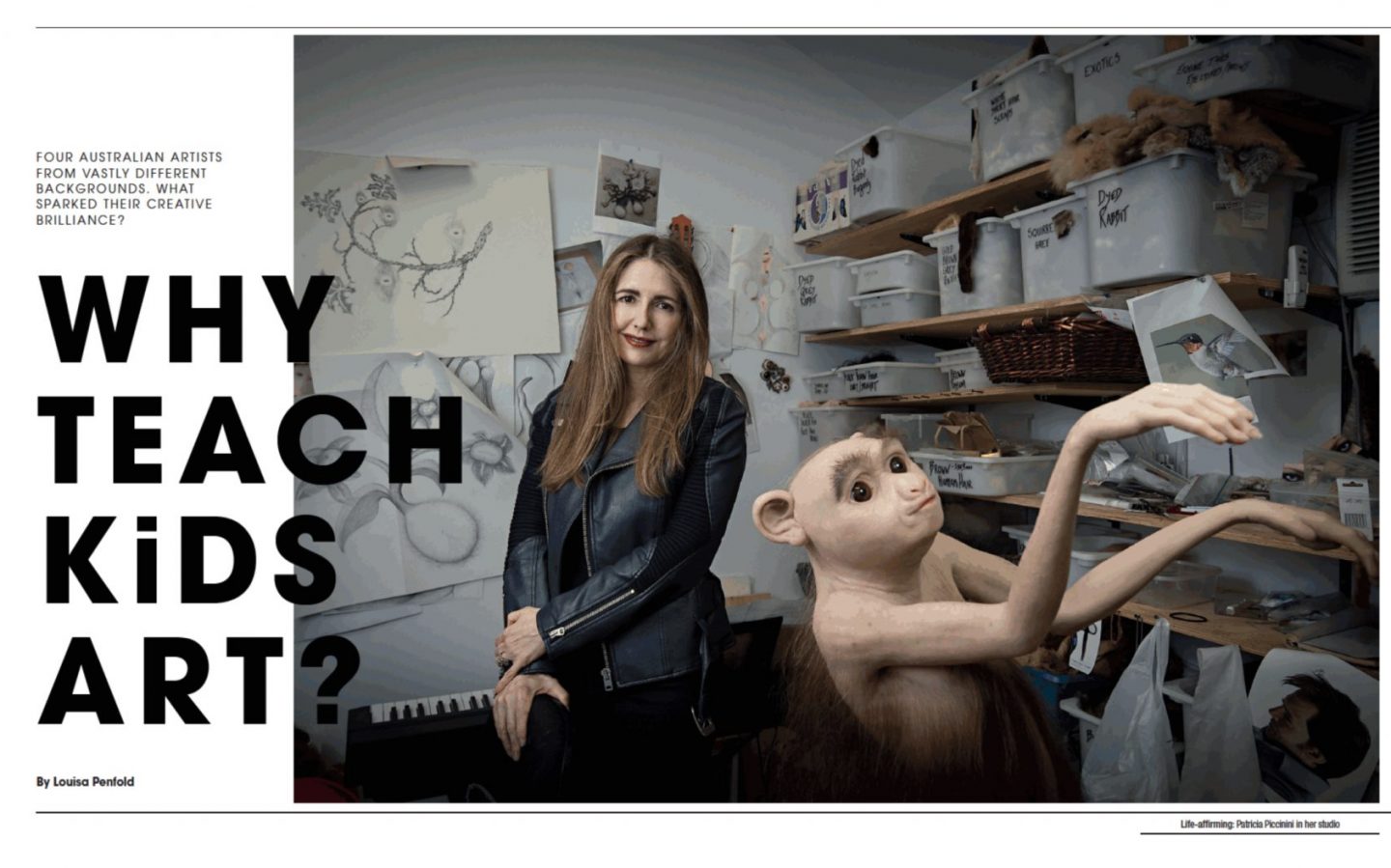
The article features the stories of four esteemed Australian artists -Patricia Piccinini, Djerrkngu Yunupingu, John Wolseley, and Ben Quilty- who share their experience of art while growing up. Something that I found so interesting when doing the interviews was how the artists talked about the important role of parents and teachers in supporting their artistic pursuits.
Over the next two months, I am going to share the extended stories of these artists’ experience of art in childhood… starting with the amazing Ben Quilty! Ben is one of Australia’s most esteemed visual artists. His paintings explore ideas around masculinity, colonization, and political activism. He was also awarded the 2011 Archibald Prize for his portrait of fellow artist and friend, Margaret Olley.
Hope you enjoy it!
Ben Quilty – “Motorbikes, the Vietnam War, and a mother who knew how to draw“
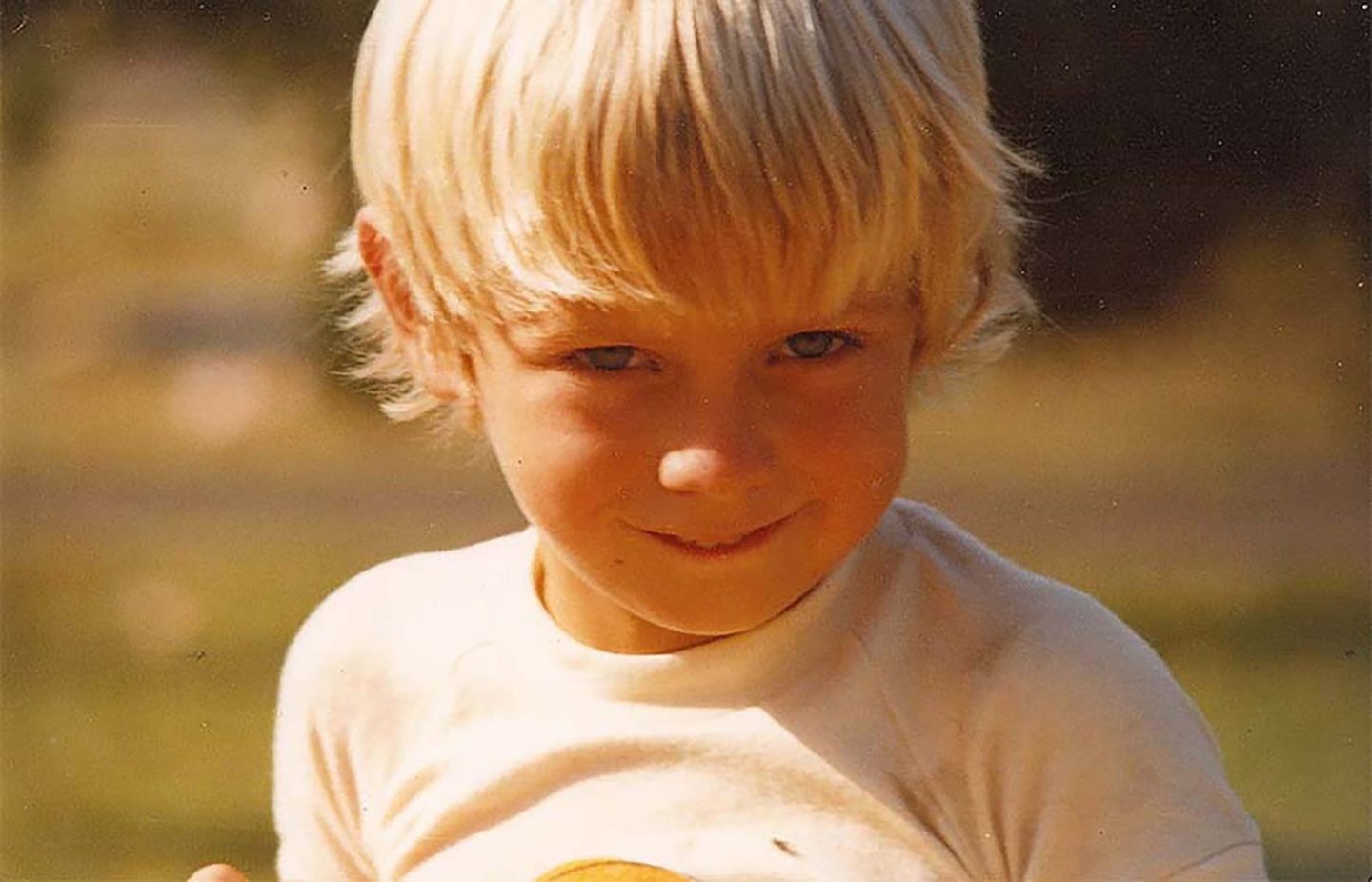
I was born just outside of Sydney in 1973. It was the year after the Vietnam War finished and I was very aware of conscription and the mounting political tension that was happening with the Cold War. As a child, I was very aware that thousands of young Australian men were forced to go to Vietnam to fight. These were men who had lost their mates or their lives. I think this awareness was something that defined me from a very early age and made me search for a larger purpose in my life. I knew that I didn’t want to follow my other mates into a trade.
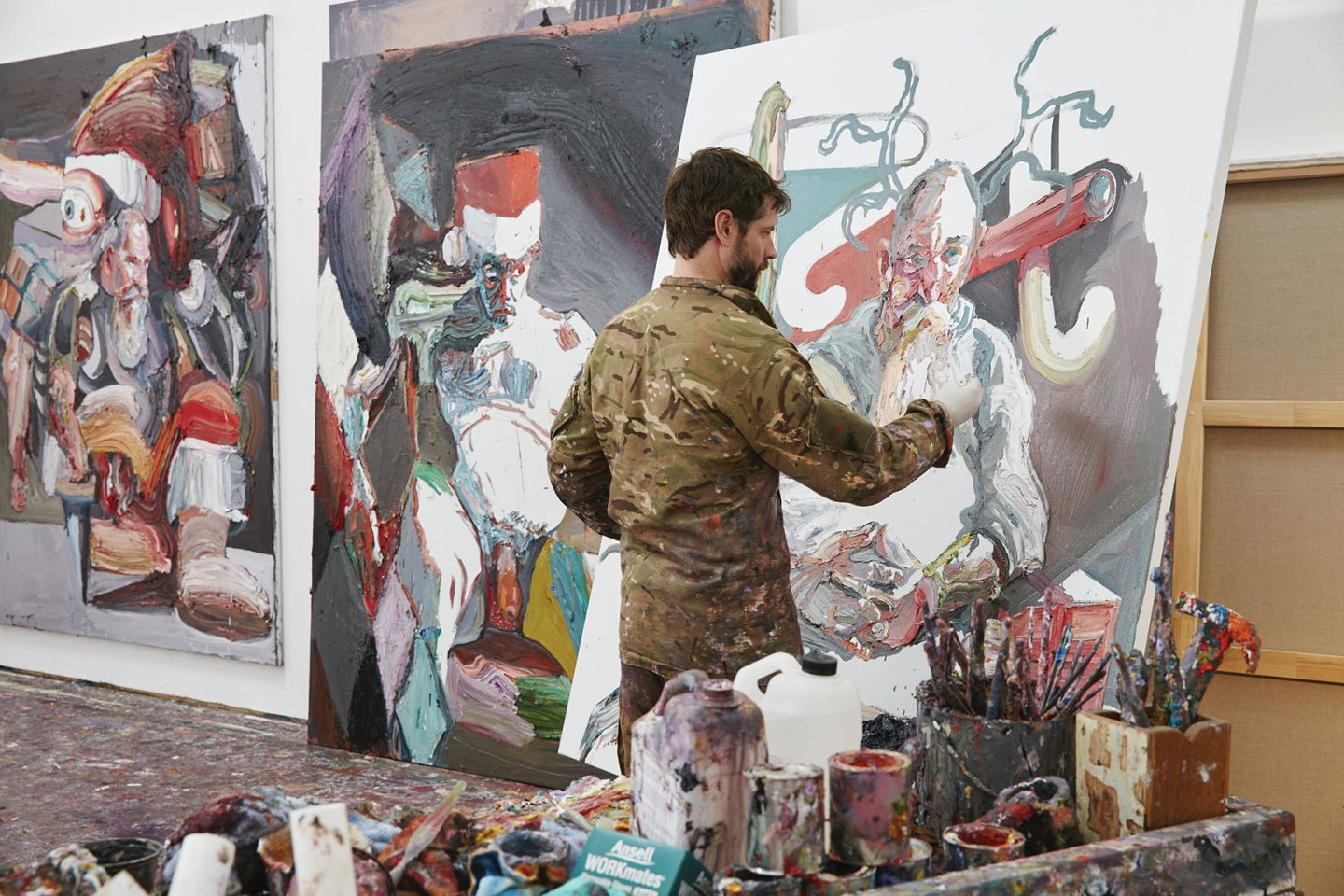
Then when I was at primary school, I was the School Captain and won the Citizenship Award. I guess the year was about 1985 or 1986. I then went to a very violent Catholic boy’s secondary school where I was frequently flogged by one of the sadistic brothers. This experience somehow defined who I became too as I lost all respect for authority and the social system at this time. Again, I really started to search for a higher purpose in my life.
My Mum taught me to draw at a very young age. She never formally sat me down to teach me, it was done very casually. Mum had returned to TAFE and university to study art when I was at school. She had her art studio in our house where she did drawing, printmaking, painting, and sculpture. Seeing her do these things had an undeniable effect on me. It felt like Mum was able to do what she wanted with her life while everyone else was destined for a bleak future.
As a teenager, all of my mates had motorbikes that they would ride in the bushland. We lived in the bush outside of Sydney, on ‘Eora country. When we were kids, my brothers and I would go looking for sites, remnants, and history of Aboriginal people. We never found anything but no one ever taught us how to look. It was actually everywhere, we just didn’t know how to look for it.
But I was very aware of those things happening, or that history around me, and my mates would ride through that bush on motorbikes. These big, loud, mad crazy machines for fun. My parents always said, “you’ll never ever burn fossil fuels for fun”. My parents wouldn’t let me get a motorbike but I learned how to draw them, which was basically just as cool. Every boy in my class wanted a motorbike drawn on the front cover of their math book and somehow doing this propelled my love of drawing even more.
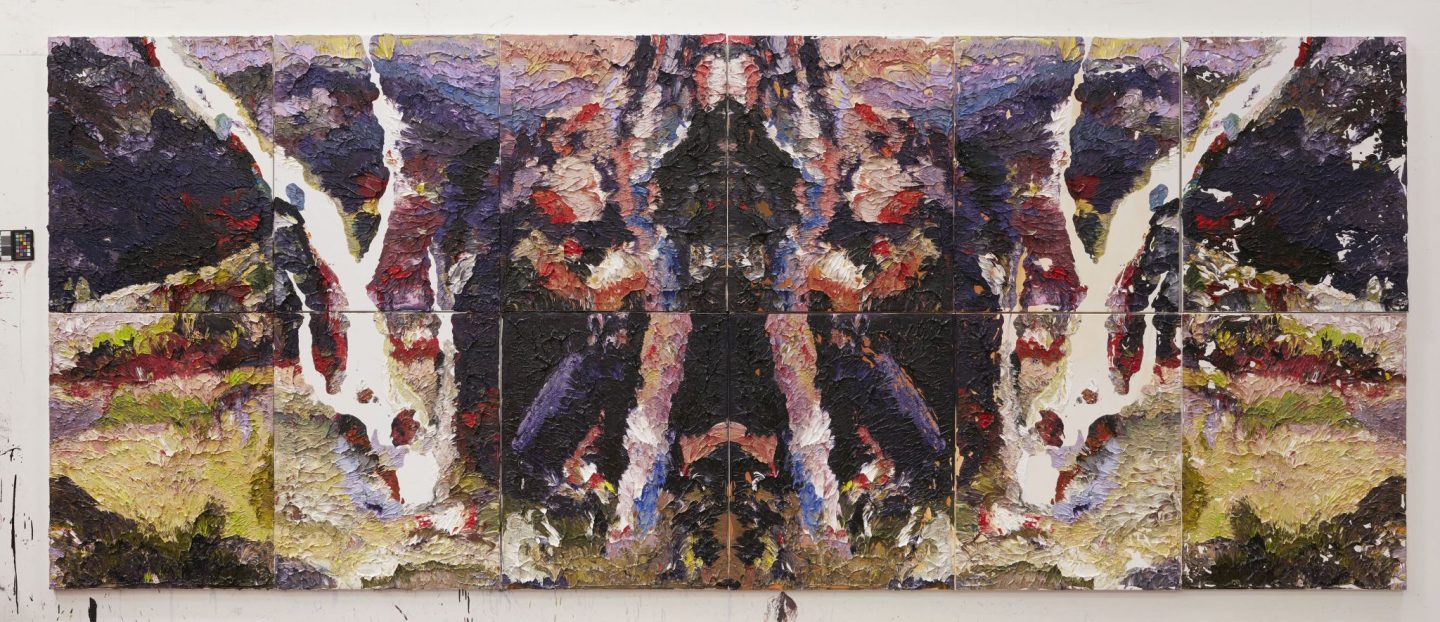
There was a lot of gender stereotyping at my school. For example, boys were expected to go into a trade or do finance. I didn’t want to do either and I knew that I needed to do something more meaningful with my life. Halfway through Year 11, I had a visit to a career advisor and for the first time, I said out loud that I wanted to go to art school. I clearly remember the him moving his glasses on his nose and saying, “I’m going to suggest to your parents that you enroll in economics.”
But by that point, I was pretty stubborn and there was no way I was going to do something I didn’t want to. I felt that throughout my childhood I had been dragged along to sports and things that I just didn’t want to do. I thought that for once in my life, I’m going to do exactly what I want to do. Nirvana’s ‘Never Mind’ had just been released and in line with that I just thought, “stuff it, I am going to art school.” So I went and enrolled in art school.
I think that every child should be taught how to draw. With the shortest lesson, children can get obsessed with drawing and mark-making – I have seen it with my own kids. I think that learning how to draw is easier than learning how to ride a bike. There is this stupid idea t in Western culture that people think, “Oh no, I’ll never learn how to draw, I can’t do it”. It’s absurd. It’s actually offensive to show that you have so little understanding of what it actually is – collectively and socially – that we don’t even know what drawing is. It’s very easy. All you’ve got to do is open that door for kids so they can walk through. And if they don’t want to, that is fine too, but at least they will have the skill that will enrich their lives forever.
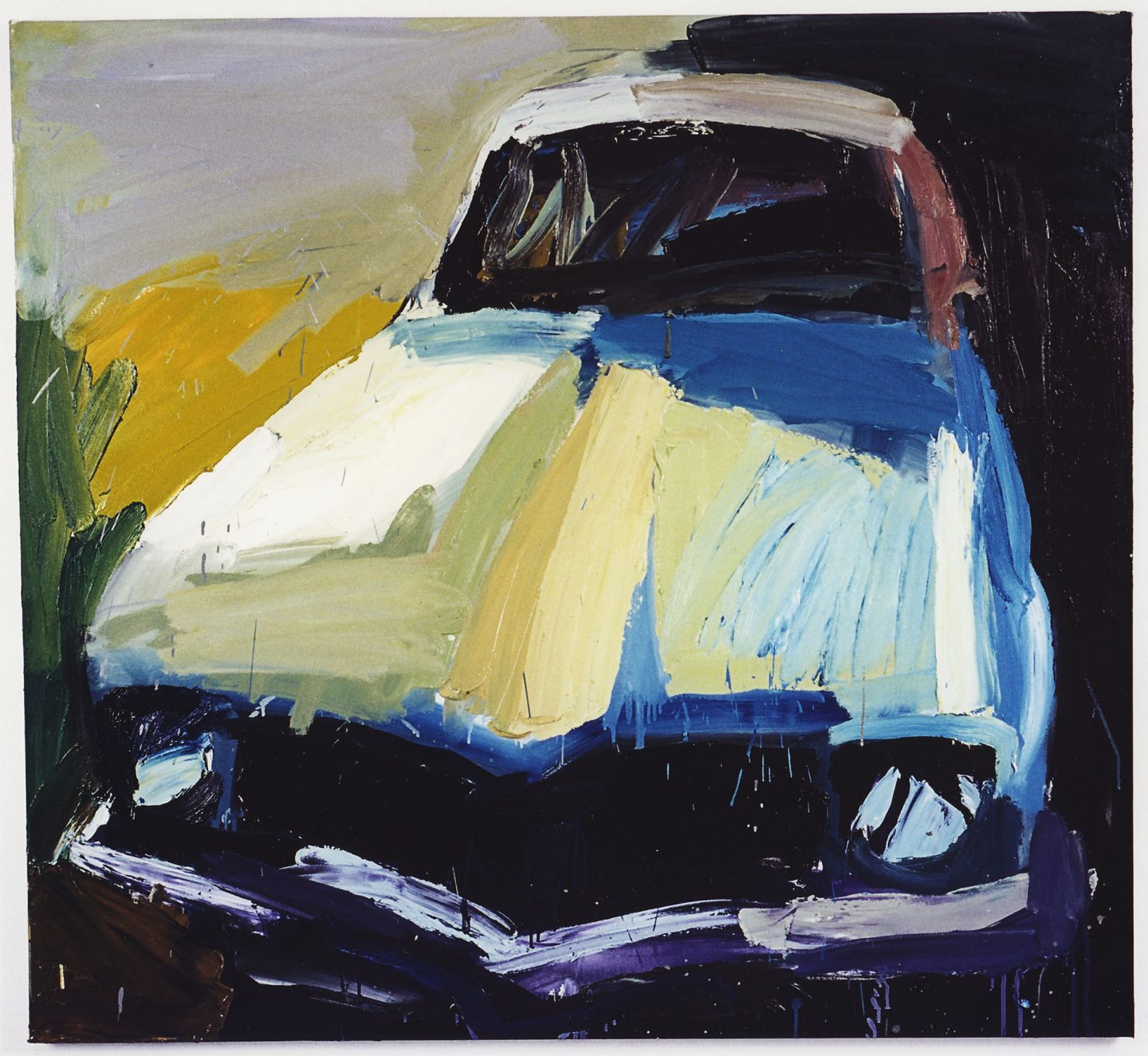
Art is so important in young people’s lives as it allows them to respond to the world in a multi-layered and multi-dimensional way. It is not a ‘one-click’ answer to a question. It is also so important for adults to practice art too because unless they are doing it for themselves, they don’t know how important it is for children.
Further Links on Ben Quilty
A video of Ben Quilty in his studio talking about why art is important in children’s lives
Related Posts
Free printable quotes on art and education